Video Menu
My Favorite Videos
My Favorite Videos
Golf Swing Sequence - How the Lower Body Works
Sorry, you need to be a member to access this video.
You Are Just Seconds Away - Become a member here!
Already a member? Log in now
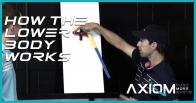
Struggle with coming over the top or don't know how to use your lower body in the golf swing? This video explains the golf swing sequence and the sequencing of the lower body while giving you two key drills to teach you exactly how to build a powerful lower body movement.
- Proper golf swing sequencing is what builds effortless power in the golf swing
- The hips fire first in the downswing, and simply carry the arms, shoulders & club along at first
- As the hips decelerate, the shoulders speed up - momentum is passed from hips to shoulders to arms & finally the club
- We see some of the same movement and weight shift in a baseball throw
- Golf Swing Drill: Stride & stomp the left leg during the downswing
- Once you master the stride/stomp, just lift the left heel & stomp it down without taking a step
- Make the motion smaller and smaller to integrate it into your normal swing
- The stomping motion activates the left glute & gets you loaded properly onto the left side
So, we're here with Clay Baller, our new RST certified instructor who's taking over down here in Orlando for us and doing a great job in learning all the biomechanics of the swing.
And he's also going to help us today talk about the lower body movement.
And I know for a lot of you golfers, we talk about hip spinners and those types of things that typically are geared more towards a better golfer, but that's obviously not everybody out there.
We know we have a lot of golfers who still come over the top and don't really have a good picture of how the lower body works.
So, that's what we're going to talk about today.
And we built a little 2D model here and it's built kind of like Clay, maybe we'll call him Clay.
Stick figure move here.
So, but basically it's an oversimplified 2D model from a top down perspective.
Like I said, it's oversimplified, but it's going to show the segments of the body in proportion how they work.
And they're color coded for a reason.
So, the one piece that I have here at the bottom is green.
And this is the starting piece and it's the smallest piece.
The green piece represents the hips.
And it's green for a reason.
We're going to talk about that in a second.
The next piece, proportionately bigger than the green piece, is red.
And it's red for a reason.
That's the shoulders or the upper torso.
And then the yellow piece represents the left arm.
And the blue piece represents the golf club.
Now, they're color coded for a reason.
And Clay, you know, we see a lot of golfers moving these segments in the wrong sequence.
And we spend a lot of time talking about sequencing in the golf swing.
And this is where people come over the top and they don't sequence things correctly.
They're color coded like this for a reason.
And what do we typically see the first part moving in the higher handicap golfers?
Well, the higher handicap golfers, they tend to go ahead and unwind their shoulders right off the bat.
They throw their arms from the top.
And then that gets the club releasing way too early.
So, they're kind of throwing the club from the top, coming over the top, hitting a big slice, getting too steep on it.
A lot of different problems that are caused with that.
This is why this is red.
Because everybody, especially if you're an over-the-top golfer, your first move is not to move your lower body, but to take your upper body and heave it around.
And then, of course, you get in the club to fire early and your arms to fire early.
So you lose a ton of lag and that's how you cast it.
So, this, we have the hips being green for a very specific reason.
The hips can fire.
And for most of you golfers who are higher handicap golfers, we want that to happen.
We need them to be focused on getting those hips to go first.
Now, obviously, A lot of the videos on the website deal with hip spinners, and that's really geared towards a lower handicap player who hasn't learned how to post up and decelerate the hips.
They just kind of keep rotating through.
But we know through the online groups and the video submissions that many of you out there on the website are still over-the -top guys.
Casting the club and moving the segments in the wrong sequence.
And sequencing is everything in the golf swing.
That's how you build effortless power.
So, let's look at this sequence, how it works in the golf swing.
I'm going to go ahead and move clay here up to the top of the backswing and show you about where everything would be roughly in this sequence.
So, again, this is oversimplified.
We don't have any angles.
We're just trying to make it a really simple picture.
So, you can see in this image, the hips have turned about 45 degrees.
That's fine.
The shoulder's about 90 degrees, maybe even a little bit more.
The arm is loaded up across the chest, so it's across the red part here, and then the club is loaded up.
So, now we have a lot of potential energy.
When we started out, we had nothing.
There's nothing to hit with.
There's no angles.
There's no leverage, right?
But, as we rotate back, now we have some rotational force, and then we also have some levers here.
This guy right here is now potential energy.
This guy is potential energy.
So, as those two are working together, we've got to get these guys to work and release.
So, let me tighten that up real quick.
Okay, so now, in this position, we have lots of energy, lots of lever, we have lots of force available to us.
The key is to unwind that force in the right sequence.
That's the whole point of the downswing.
We're loading it up to create potential energy.
Now we've created these levers, and now we need to unwind them in the right way.
So, as Clay mentioned earlier, the first thing we typically see is they take the red part.
Red means stop.
We don't want to defire that red part.
So, we don't need this to just start unwinding early, because then we're taking our trunk, our lower body, out of the swing.
And so, what it's going to do is then start to stabilize to support the upper body to keep us from falling on our face, right?
So instead, we need the lower part to fire.
And then, in a minute, the next part of the video is we're going to show you exactly how to move that lower body in the right sequence and some drills to do it.
But let's look at how it works here.
So as I start unwinding the green segment first, it's green because we want it to go.
As it starts to unwind, notice how all of the segments are moving.
Now, what are the arms doing at this point?
Very little.
Most people do this right from the top, right?
They take these segments, they move them out of the wrong sequence.
But if we move the hips, the arms are being moved by the lower body.
And so we talk about that a lot.
You hear sayings, oh, I feel like my arms are falling from the top, or they're relatively passive from the top.
When we talk about how the arms work in the downswing, again, that's really geared towards a player whose lower body movement is already working correctly.
But that's not everybody.
So we want this stuff, we want to maintain these angles later in the downswing.
And for the average higher handicapped golfer, we need to maintain those angles as long as humanly possible is what it's going to feel like.
Absolutely.
So there's something even called the kinematic sequence of events, which is just the order in which you fire.
If you do this very efficiently, you're going to get maximum power.
So that's something that we see very few amateurs do, and a lot of the professionals do it very well.
So this is very key into getting the maximum amount of power into all your shots.
So that's what we want to do is sequence all of these movements into the right so that everything's delivered at the right point.
So now we're going to move the hip segment.
I'm not moving anything else, but because they're attached via your muscles and tendons and ligaments, the rest of it's getting moved as the hips accelerate and then decelerate, because we don't want the hips to keep spinning.
That's what we talk about with our higher handicapped players, they don't learn to decelerate the hips, and they just keep moving and then the club inevitably releases late.
So if we imagine impact is here, this club is going to release late, there's no release of energy here.
So we want the hips to decelerate, and that's what we're going to talk about a lot on this next part of the video, is getting the hips to move correctly first and then decelerate, because we need to transmit that energy up the chain, up to eventually to the club.
So as the hips begin to decelerate, the shoulders start to move a little bit faster, they accelerate a little bit, but not a ton, and that's not something that you're consciously trying to do, right?
We don't want to take our shoulders and move them through, we want our hips, once you stretch these muscles, they're going to get pulled around by your obliques and other muscles in your core, that's what we want.
Then the shoulders also are going to decelerate, the arms going to then accelerate, off the chest here, and then as it decelerates as well, the club edge finally gets a chance to accelerate.
So at impact, our segments roughly look like this, where the hips are 30 to 45 degrees open, shoulders are pretty squared up, the left arm and club are forming a straight line, and so we've taken all of those segments and unwound them, and that's what we're trying to do to get the club edge release.
So in proportionate wise, you can see that the club is quite a bit longer than my arm in this place.
Obviously, the reason for that is the longer the club is, the faster it can be swung.
The problem is when everybody keeps, this is obviously a full release at this point, when everybody keeps unwinding their shoulders, and then their arm is still draped across their chest, and then the club is like this, that doesn't look like we've fully released our Yeah, exactly.
It's still lagging behind, and we usually end up in a very thin or to the right.
Yeah, and this is what we see a lot of our better players do.
They move their lower body really well, but they don't learn to decelerate the body so that the club can finally accelerate.
So when you look at the length of this lever, and you know that at the top you've got your wrist cocked this much, it has a long ways to travel in space.
If I grab the end of this club, it's got a long ways to go.
And so if I just keep spinning my arms and throwing my arms as hard as I can, it's going to end up like this.
And that's what we do with a lot of better players.
So in this next part of the video, We're going to talk about how to get this in alignment and these segments to release at the right angles, at the right times.
So we generate a lot of speed without a lot of effort.
So as we just talked about in the theoretical part of showing you the 2D model of our stick figure Clay going through the swing, now we're going to actually put some drills and put it into practice.
And also, one of the things that's really going to help you is relate golf to other sports.
While it's not identical to the sports that you may think of all the time, like baseball, throwing motions, hitting motions, because they have different requirements, there are enough similarities that it's worth discussing.
And one of those that's really, really simple and we use in the clinics is, you know, and we've seen the video on the website, the throw of the ball drill.
And one of the things that you need to understand is that throw of the ball drill.
Where you feel like you're throwing it from the top is for somebody who's already moving their lower body correctly.
But for those of you that aren't, You can still take the idea of the exact sequencing that you would go through in throwing a ball.
And understand how your lower body works and how those segments work and relate it to the golf swing pretty accurately.
So Clay, if you were going to load up to throw a ball, what would be the first thing that you would do?
Just go right from the beginning, so not even just going forward, but what would you do to throw a ball with some power?
The first thing I'd do is probably transfer a little bit of weight, you know, to my back leg.
So I'd be transferring my weight back and kind of loading up so I'd be braced to get some leverage and throw the ball.
Okay.
So that's a great, great thing.
We hear that a lot.
You know, what about guys who stack and tilt?
You know, they don't, they would throw a ball kind of like this, right?
Now, why don't we see any, have you ever seen a baseball player throw a ball like that from the outfield?
Can't say that I have.
I haven't seen it yet either, but I would like to actually, but I don't think it would go very far.
The reason is we need to load up the body in different segments.
We need a lot of the keys of sequencing the golf swing correctly is really building momentum.
It's not just building lots of power, but getting things to move with momentum allows you to generate speed in the right sequence.
So, and when we're moving big objects, your pelvis is a very big bone in your body, the biggest bone structure you have.
It takes some effort to move that.
It's pretty heavy.
And so it's going to take some momentum and some grace moving back and forth to help start generating some power.
So as I mentioned, the first thing he's going to do is load up on this right leg.
We do the same thing in the golf swing.
And this is another important concept that I want to briefly touch on because a lot of things that, again, as I mentioned earlier that I discussed on the website is really geared towards the better player who doesn't do, who does a lot of things really accurately and just kind of overdoes them.
We talk a lot about during the takeaway, how the hips don't move.
And that's not really accurate.
That's to help somebody who does this that we see and spins their hips.
There's no power available to your golf swing.
If you're just doing this and you have no separation between your upper and lower body, it's not that your hips don't move.
It's that if you do this a lot, that's not really going to help you.
And so the club's going to go to the inside and things like that.
So, so as Clay mentioned, he's going to load up and what he demonstrated was right is he's actually going to really rotate his hips going back.
Now, again, if you're somebody that just rotates your hips really weakly, it's not going to do any good.
We want to load up onto that right glute, which is why we go back onto our right ankle and we pivot onto that right hip.
Now we've got the ability to generate some momentum.
So what's going to be your next step?
Well, the next step, once I've shifted back and now I'm ready to start to move back forward, the first thing I'll do is start to shift my weight back to the left.
And also I'd almost squat down a little bit to help to build up some power.
You know, same thing if you're jumping, obviously I can't jump.
If I'm standing straight up and down, it's impossible to jump from this position.
I'm already fully extended with my muscles.
So, you know, I'd want to kind of squat down and start to shift to the left.
That way I would, I'd have potential energy.
Yeah.
And that squat is really important because what he's doing is he's activating his glutes.
If you don't squat down, your glutes don't get stretched.
If you don't stretch your glutes, you can't fire.
So it's really simple like that.
So as he's loading up into this right side, as he's turned his right foot or as he's pivoted around his right foot and he's loading up to push off that right leg, his body's going to go down a little bit so that he can stretch those glute muscles, which you have to do for power and stability in the swing.
So that's excellent.
So the next thing he says, once I do this, I'm going to start to go the other way.
Simple thing.
You're not going to go like this.
So his left leg is going to externally rotate just a little bit.
So he's going to point his foot at the target, right?
So that's just like we talked about in the model, the hips are going to start to unwind a little bit, but I'm going to keep my upper body kind of coiled and back behind my hips.
Exactly.
So this part's not firing yet, right?
So this is still red and this is yellow.
It's going to fire, but not till later.
Right?
So it's got a caution flag on it, but this has got the go ahead.
So the first move is we would step and we would pivot.
And once we're on this left leg and our knees lined up over our foot, we've got the ability to drive off this glute and post up so that then energy can be transferred as our body receives ground or force from the ground, we can transfer that to the arm.
Now, one of the things that's really critical is that you've never seen a pitcher throw a ball and just kind of keep going down, right?
He posts up, right?
Yeah, exactly.
Now, when he's doing that, he's actually pushing against the ground.
So Clay, can you demonstrate what that would look like for us?
Yeah, so I start to throw and then I'm posting up on my left side and that's kind of bracing.
It's actually decelerating and that way I can transfer the energy as I come on through.
Exactly.
So the reason that you don't just kind of keep going this way is because you would be absorbing that energy.
You're creating force, be thanks to gravity, that gravity is wanting to pull you down and so you have to use the muscles in your body to decelerate your body to keep from falling on your face, right?
The harder you push against the ground, the harder the ground pushes against you.
That's a great thing in the golf swing.
It helps you transfer energy as your body stiffens up to get ready to release everything.
That's how you transfer energy.
You can't be soft and languid and transfer any energy from the ground or from your body.
So as you post up, muscles have to fire in order to stiffen everything up so that everything can release with speed.
So that's what Clay just demonstrated.
He pushes against the ground with his left leg and his left glute.
Then everything unwinds but at that point most of the sequencing has already been set in place.
So you don't have to worry so much about this stuff once we get this stuff right.
So we've got a couple of great drills that we're going to have you work through and Clay is going to demonstrate how they're going to work.
Taking that whole concept of how you would throw an object, because that's the fastest way man's figured out how to accelerate any object, is through that kinematic sequencing.
When we were throwing spears chasing elephants or something for food, that's how we figured out how to do it.
Nobody went like this.
It doesn't work that way.
So let's grab a club and the bag.
So we've got an impact bag.
Of course you can get these from the site.
They're very inexpensive.
You can also use small children or animals, either one, whatever you have available.
But these work better because they're reusable.
So go to the top for me, Clay.
So show me loaded up on the top of your backswing.
Let's turn so we're a little bit more squared up to the camera here and I'll move out of the way.
The other way.
Sorry.
Face on.
Okay.
So as Clay goes to the top, the first thing that he's going to do is going to be loaded up on that right side.
So you're just going to feel that right ankle pushing into the ground.
And now we're going to do this drill.
So this is called the stride drill.
So all we're going to do is actually take a step, a physical step forward with that left leg to get you to fire those muscles.
And what I want to do is I want Clay to actually stomp his left foot in the ground to where I can hear it.
Not your toes because then you're only going to use your quads.
I want him to push his heel down and you can hear them.
I really want to make sure you activate the glute and you can feel it in your left glute.
And that's why it's important to stomp because if you stomp it down, whether you want it to or not, your glute is going to fire.
And so what we're trying to do is send a message to your central nervous system that we want that muscle to engage.
And you probably don't think about your golf swing like this right now, but that's exactly how I think about it.
So we want to get that in your brain to get the power from the ground and from your glutes.
So go ahead and do that for us Clay.
So go to the top.
And he's going to take a step and stomp it.
Excellent.
And then as his body would keep coming through as he's posting up, then he would release the club.
So let's go ahead and do that all in sequence.
Step.
Good.
And let's go ahead and, without stopping on this next one, step and then go ahead and whack the bag.
There we go.
So you can see there's a lot of force and a lot of power available from that stomp move.
And that's a great way to hit balls.
It's tough to hit balls like that at first because you're changing where your ball, your divot would bottom out.
But you can do it.
And the most important thing is to learn to come into the impact bag, because the impact bag forces you to decelerate and transfer all your energy into the bag.
So let's do it one more time, Clay, so that you can see it.
The full sequence is going to load up to the right, take a step, boom.
Lots of power there.
And you can see he's really posted up on that left side.
It's excellent.
You can't really take a stride.
We need a lot of accuracy here.
This is to help you to learn to fire the lower body in the correct sequence.
But now what we want to do is we want to tone that down a little bit.
So as you know with RST, everything I've developed is very progressive.
So we do like a big picture thing and then we're going to start putting it back more in the context of the swing.
So now Clay is going to go to the top of his swing.
But rather than taking a step, he's going to lift his left heel off the ground.
And so let me, I'm going to move this bag out of the way.
Just so you can see it for a moment.
So go ahead and lift the left heel.
And then he's going to stomp the left heel down.
And then he's going to be able to come down to the bag.
So this is taking that same motion, the same kinematic sequencing, the same messages that we're trying to send to our brain to fire that glute, to extend the leg, to get the hamstring to fire.
And we're going to take that into a more controlled environment now.
And we're going to hear that left heel stomp down on the ground, just like we did before.
Lift the heel.
Good.
So now, it's the same drill.
And notice how his hips are rotating, but they're also stopping and decelerating.
Once that glute fires, this is really important, as your glute contracts, it keeps the hips from pivoting.
So go ahead and get into that impact position without the bag again.
Lift your left heel and stomp it, so we'll go through the whole thing in sequence.
Put it down hard.
Now, if your glute's fully engaged, how much further can you turn your hips there?
Not very much farther.
It's pretty much stopped there.
It's braced.
Pretty much it, right?
So now we get back into that impact position again.
Do the same thing.
And now relax your glute.
Let it relax.
And how far can you turn it out?
I can really turn as far as I want to.
I can just spin right out of it, I guess.
Exactly.
And that's what happens for our better players.
That's what the hip spinners videos and things are for, is that those glutes aren't engaged.
In order for your hips to continue to rotate, your glute muscles actually have to relax.
And as they relax, then you can pivot all day long.
And this is a really pretty way to swing the golf club.
It's a very weak way to swing the golf club.
So, we want to post up, stop, and then once that glute's engaged, the body can decelerate and transfer energy up the chain into the club.
So, these two drills are really, really critical for learning how to move your lower body without getting into the minutia and the nuts and bolts of, okay, the left leg's got to externally rotate a specific amount and then I've got to transfer my weight.
If you just think about making a little bit more athletic, stepping, That's going to help you learn the basic movements of it, and then also you're going to get some auditory feedback.
Where you hear your foot stomping on the ground.
And if you do these drills and then eventually as you start, once you get comfortable where you can make the lower body movement correct and decelerate, what you can start doing is just slightly lifting your shoe and your heel a little bit, or your heel and your shoe, sorry.
Rather than kind of lifting your foot all the way off the ground, just start making it smaller and smaller and smaller.
Some of you may find that you want to play with it lifting the heel.
It's okay.
The only way that, the only negative side of that is that if you're lifting your heel a lot, you're really freeing up your hips to rotate a lot and it's not building up any power there.
So, but if you lift your heel and you're still loaded up on the right, it's perfectly okay.
So, just start making those heel stomps smaller and smaller and smaller, But still, try and really set into that left side in your regular golf swing, and you'll have a great lower body movement and have a lot more power and a lot more control of your golf swing.








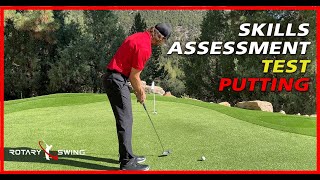


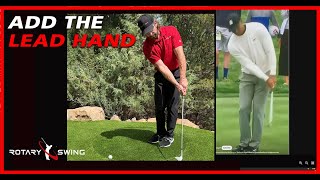


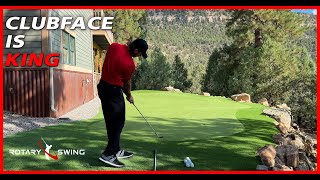








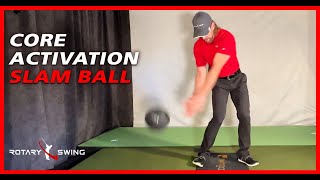





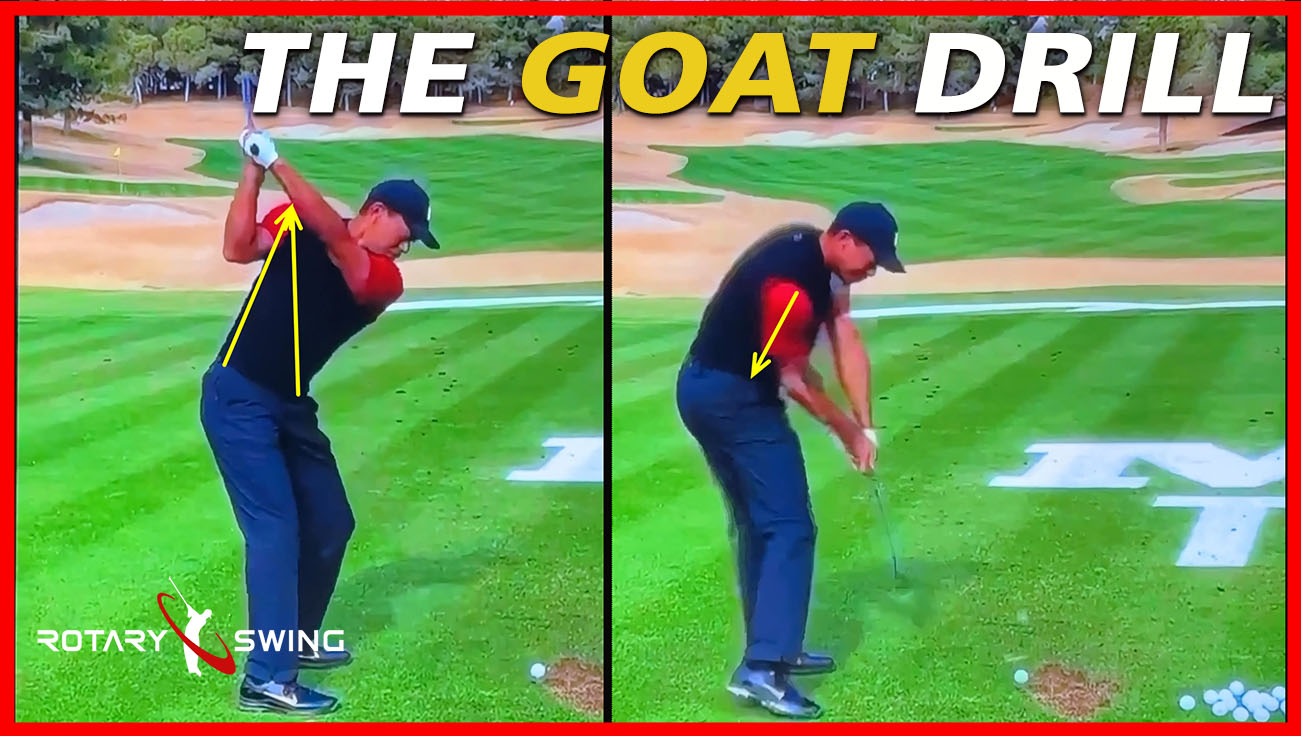


















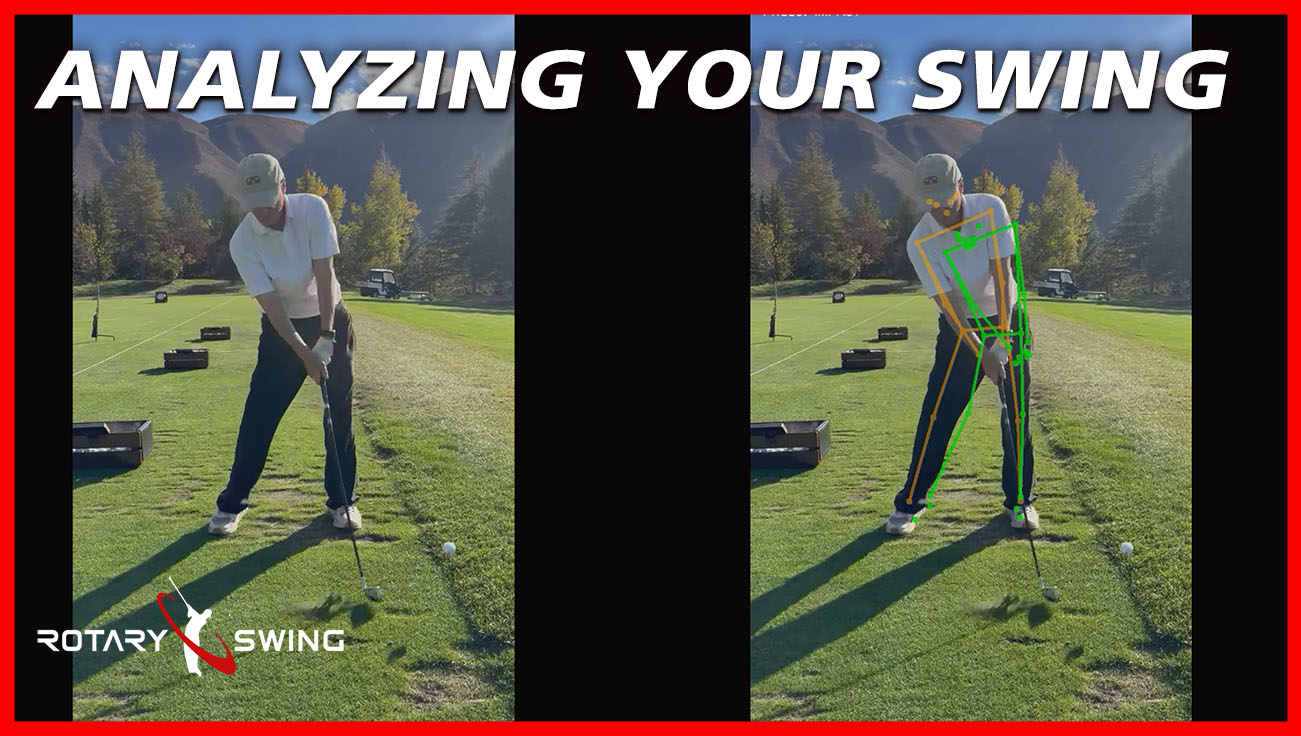









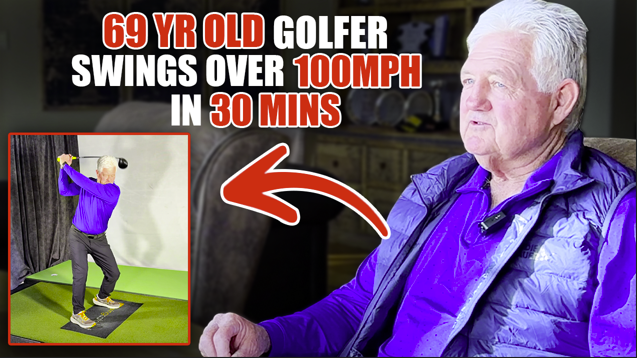
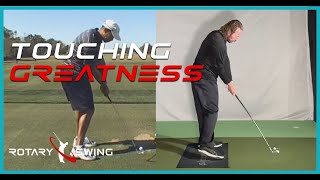

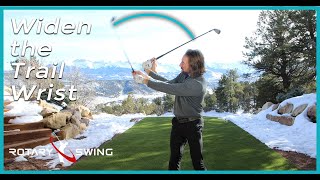



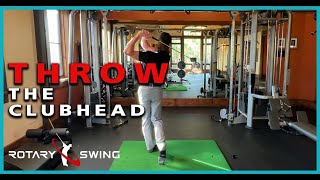







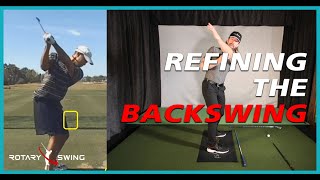







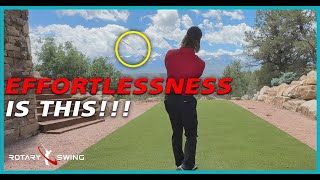
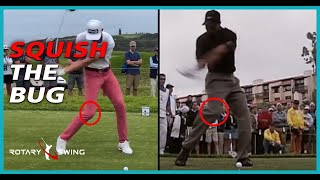
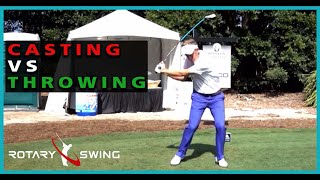



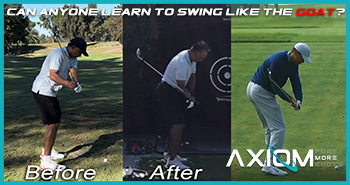


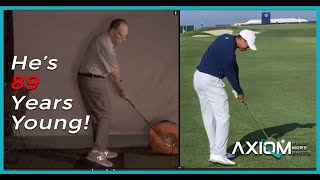



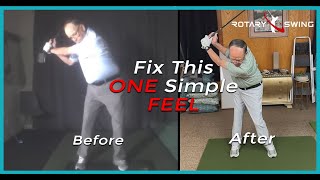











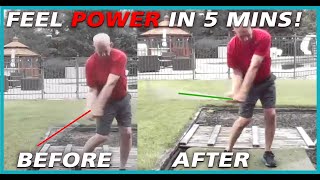


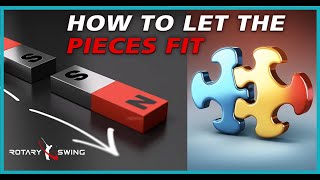

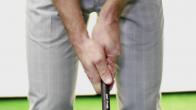




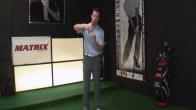













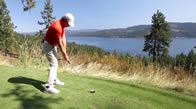



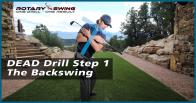

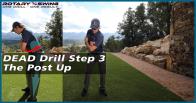










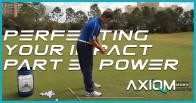











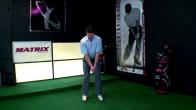



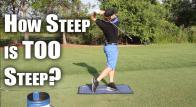


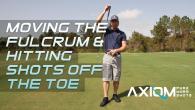



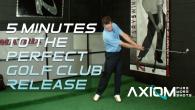

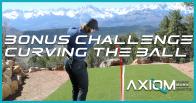






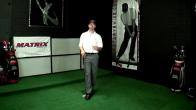









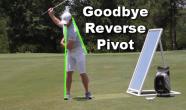





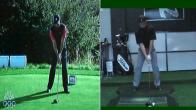



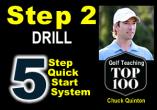






















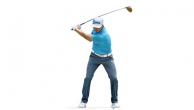
























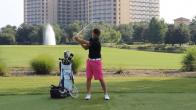








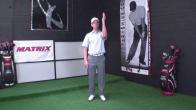




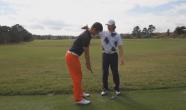





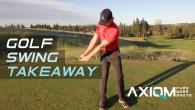









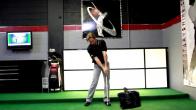



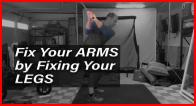


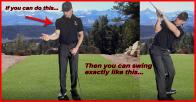




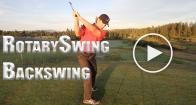

















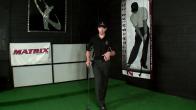





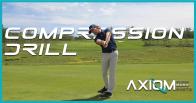
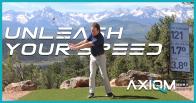












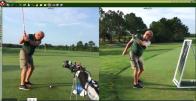






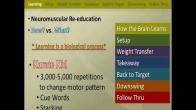
















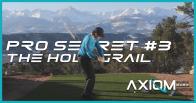

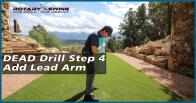


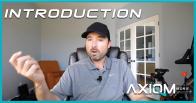

















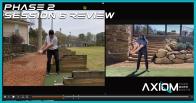







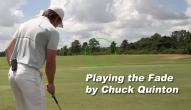











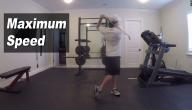

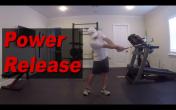
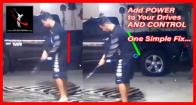


















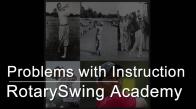



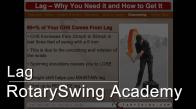



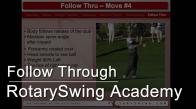






















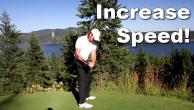



















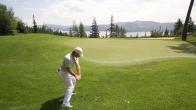





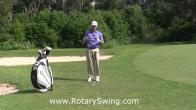



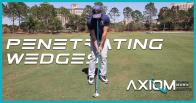







David
Craig (Certified RST Instructor)
Michael
Chuck
Albert
Craig (Certified RST Instructor)
Donlee
Craig (Certified RST Instructor)
Benson
Benson
Chris (Certified RST Instructor)
Patrick
Craig (Certified RST Instructor)
Patrick
Steven
Craig (Certified RST Instructor)
T David
Craig (Certified RST Instructor)
T David
Lewis
Craig (Certified RST Instructor)
Lance
Craig (Certified RST Instructor)
Paul
Craig (Certified RST Instructor)
Donnie
Craig (Certified RST Instructor)
James
Craig (Certified RST Instructor)
Robert
Craig (Certified RST Instructor)
Aiya
Craig (Certified RST Instructor)
Aiya
WILLIAM
Craig (Certified RST Instructor)
WILLIAM
Craig (Certified RST Instructor)
WILLIAM
Craig (Certified RST Instructor)
Edward
Craig (Certified RST Instructor)
Michel
Craig (Certified RST Instructor)
gerald
Craig (Certified RST Instructor)
Loran
Craig (Certified RST Instructor)
Rick
Craig (Certified RST Instructor)
Fred
WILLIAM
Craig (Certified RST Instructor)
Loran
R.J. (Certified RST Instructor)
phil
Craig (Certified RST Instructor)
Remington
Craig (Certified RST Instructor)
Anthony
R.J. (Certified RST Instructor)
Lowell
Craig (Certified RST Instructor)
Frank
Craig (Certified RST Instructor)
Frank
sheldon
Craig (Certified RST Instructor)
Robert
Craig (Certified RST Instructor)
John
Craig (Certified RST Instructor)
Gavin
Craig (Certified RST Instructor)
jeff
Craig (Certified RST Instructor)
jeff
Eric
Craig (Certified RST Instructor)
ciaran
René (Certified RST Instructor)
Jim